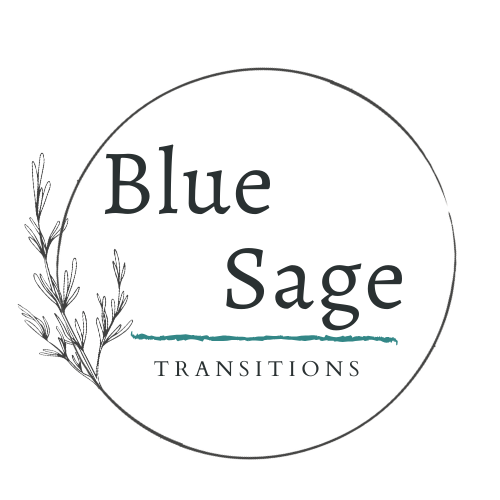I try to practice what I preach; I’m not always that good at it but I really do try. The other night, I was getting hard-hearted, closed-minded, and fundamentalist about somebody else, and I remembered this expression that you can never hate somebody if you stand in their shoes. I was angry at him because he was holding such a rigid view. In that instant I was able to put myself in his shoes and I realized, “I’m just as riled up, and self-righteous and closed-minded about this as he is. We’re in exactly the same place!” And I saw that the more I held on to my view, the more polarized we would become, and the more we’d be just mirror images of one another—two people with closed minds and hard hearts who both think they’re right, screaming at each other. It changed for me when I saw it from his side, and I was able to see my own aggression and ridiculousness.
--Pema Chodron, Practicing Peace in Times of War
I find Chodron's words compelling and also somewhat daunting. After all, the path from recognizing hard-heartedness and closed-mindedness to practicing perspective-taking is often messy and challenging. Additionally, members of marginalized social groups and others in one-down positions often perceive that those who dominate preach about stepping in another's shoes but, when it comes time to do so, project their own experience onto that "other," thereby engaging in a kind of false empathy that maintains repressive power.* What, then, does "standing in someone else's shoes" in ways that contribute to peace and equity look, sound, and feel like? What does authentic perspective-taking mean in concrete terms?
One way to begin cultivating such empathy is to consider the extent to which our perceived reality actually represents a projection of our internal world. Cheri Huber offers a helpful definition of projection:
"Projection" is the notion that everything mirrors who we are. We always see ourselves when we look out at the world and other people. It is not possible to see something that is not a part of ourselves.
Her last statement serves as a radical truth if we take it to heart, as perceptions of an us versus them world quickly fall apart when we accept that we can only recognize in others what also resides within. It is not possible to see something that is not part of ourselves.
Even if we do recognize the extent to which our perceptions are projections, we still are left to transform them into a greater understanding of others, the world, and ourselves. Enter the clearing exercise, which is particularly useful for resolving conflict.** When we are at odds with someone, we can "clear the mirror" by following these instructions:
- 1. Name what bothers you.***
- 2. Identify how you engage in the behavior that bothers you, too.
- 3. Brainstorm how that behavior works for you.
- 4. Brainstorm how it doesn't work for you.
- 5. Ask the other person what you need around this thing that bothers you.
What I love most about this exercise is how it asks us to remain in an "I" position until the very end, when we have become clearer about what is actually going on and have acknowledged that we are intimately familiar with what "you" do. Also useful is the exercise's attention to the workability of behaviors and habits. In other words, the clearing exercise requires us to depart from a rigid, dichotomous right/wrong framework and engage in more flexible ways of thinking. The actions that harm others and ourselves are often misguided attempts at protection, and this exercise helps us to uncover that truth. For example, if what bothers us is our counterpart's insistence on being right, steps two through four help us to see that "being right" often amounts to grasping for stability and security when we feel afraid of uncertainty or overwhelmed by the changing nature of this living and dying world. Thus by the time we arrive at step five, we are more apt to ask the other person for increased openness and vulnerability rather than demand that they stop being self-righteous. We also are more likely to make our request in a soft manner that is easier to hear than an accusatory, blaming demand. Step five thus presents an opportunity to model the openness and vulnerability we desire from the other person.
Practices like the clearing exercise foster our evolutionary potential for connection, understanding and love. But don't just take my word for it. Try it with your loved ones and, eventually, your "enemies."
There is nothing like a haiku to get to the heart of the matter, so I'll close with Eric Micha'el Leventhal's:
Each person you meet is an aspect of yourself, clamoring for love.
* I am borrowing this idea of "false empathy" from Garrett Albert Duncan who eloquently described how false empathy plays out in his article on critical race theory and qualitative research.
** Myron Eshowsky taught me this exercise.
*** This step may require a little digging. For example, upset about a roommate/partner repeatedly leaving their dirty dishes in the sink may actually emerge from any number of unmet needs, including but not limited to notions of fairness, respect, parity, mutuality, or accountability.
